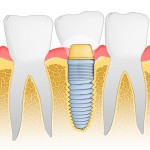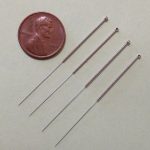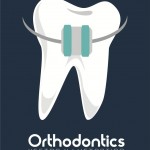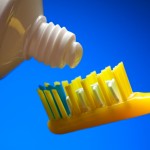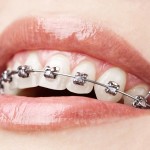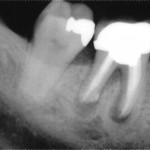
This review to determine the prevalence of middle mesial canal (MMC) in mandibular molars using cone beam computed tomography included 34 studies. THTe findings suggest a MMC prevalence of 4.4% (95%Cl: 3.5% to 5.3%) in first permanent molars and 1.3% (95%Cl: 0.08% to 1.8%) in second permanent molars.
[read the full story...]